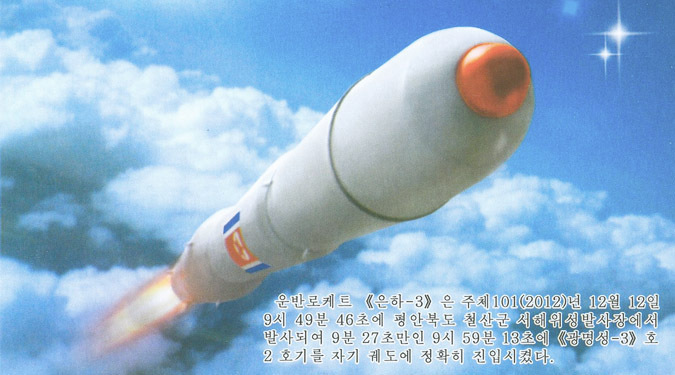About the Author
Khrustalev Vladimir
Russian expert on missile and nuclear proliferation, Northeast Asian Military Studies (NEAMS) – http://www.neams.ru/

Get behind the headlines
|
Evergreen North Korean plans for two new satellite types revealedDPRK space administration unveils desire to launch new satellites to Russian visitor  I visited the Democratic People’s Republic of Korea (DPRK) for a one week period between the 13 and 20 November, during which I got a chance to do something truly amazing: to engage in discussions with representatives of the National Aerospace Development Administration (NADA) of the DPRK on November 19. Unfortunately, I wasn't able to immediately disclose information about these discussions after returning to Russia, but now I can officially tell readers about it. © Korea Risk Group. All rights reserved. |